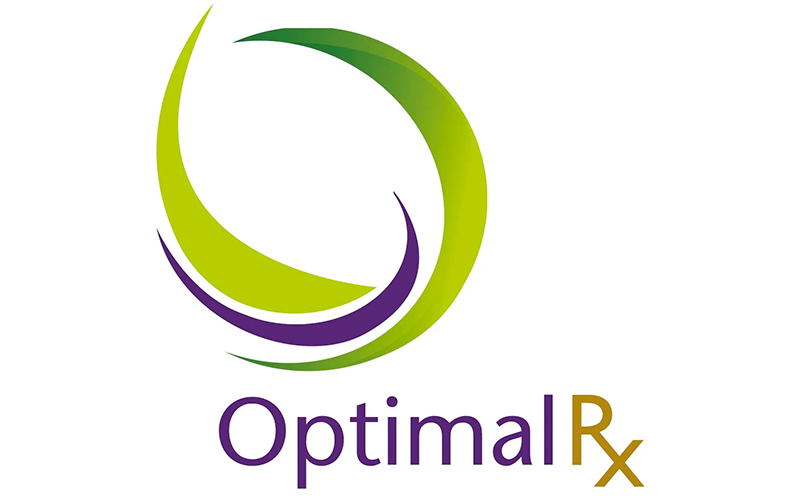Female Fertility and Age Factors
Female fertility decreases with age. For women fertility starts to slowly decline when they are in their early thirties. Around the age of 35, the decline speeds up and by age 40 the chance of conceiving has fallen by half.
The biological reason for this is that, as women age the total number of eggs in their ovaries and the quality of the eggs decline.
The average of menopause is about 51 years, this has not changed over the centuries and this marks the absolute end of natural fertility.
It can be rare for a woman to conceive in the 10 years leading up to menopause. In part this is because the quality of the eggs that are released are comprised, at age 40 about 75% of eggs chromosomally abnormal which reduces the chance of pregnancy and increases the risk of miscarriage.
Here are some of the facts about the relationship between female age and fertility:
- The monthly chance of conception decreases from 20% for women ages 30 to 5% for women aged 40.
- The risk of chromosomal abnormalities in the foetus increases from 1 in 385 in women aged 30 to 1 in 63 in women aged 40 .
- Less than 10% off women in their early twenties experience pregnancy loss compared with more than 50%of women aged 42 or more.
- IVF can help people with infertility have a family, but the technology cannot make up for the natural decline in fertility that happens as women get older. Based on a report of 200,000 women in the UK who had IVF between 1999 and 2007 the chance of having a baby after 3 IVF treatment cycles including the transfer of any frozen embryos for different age groups were:
- Less than 30 years old: 52%
- 31-35: 50%
- 36-40: 34%
- More than 40: 10%
As can be seen it is wiser (if possible) to start your family earlier and not wait for certain financial levels to be achieved.
The post Female Fertility and Age Factors appeared first on Naturopath Australia.











